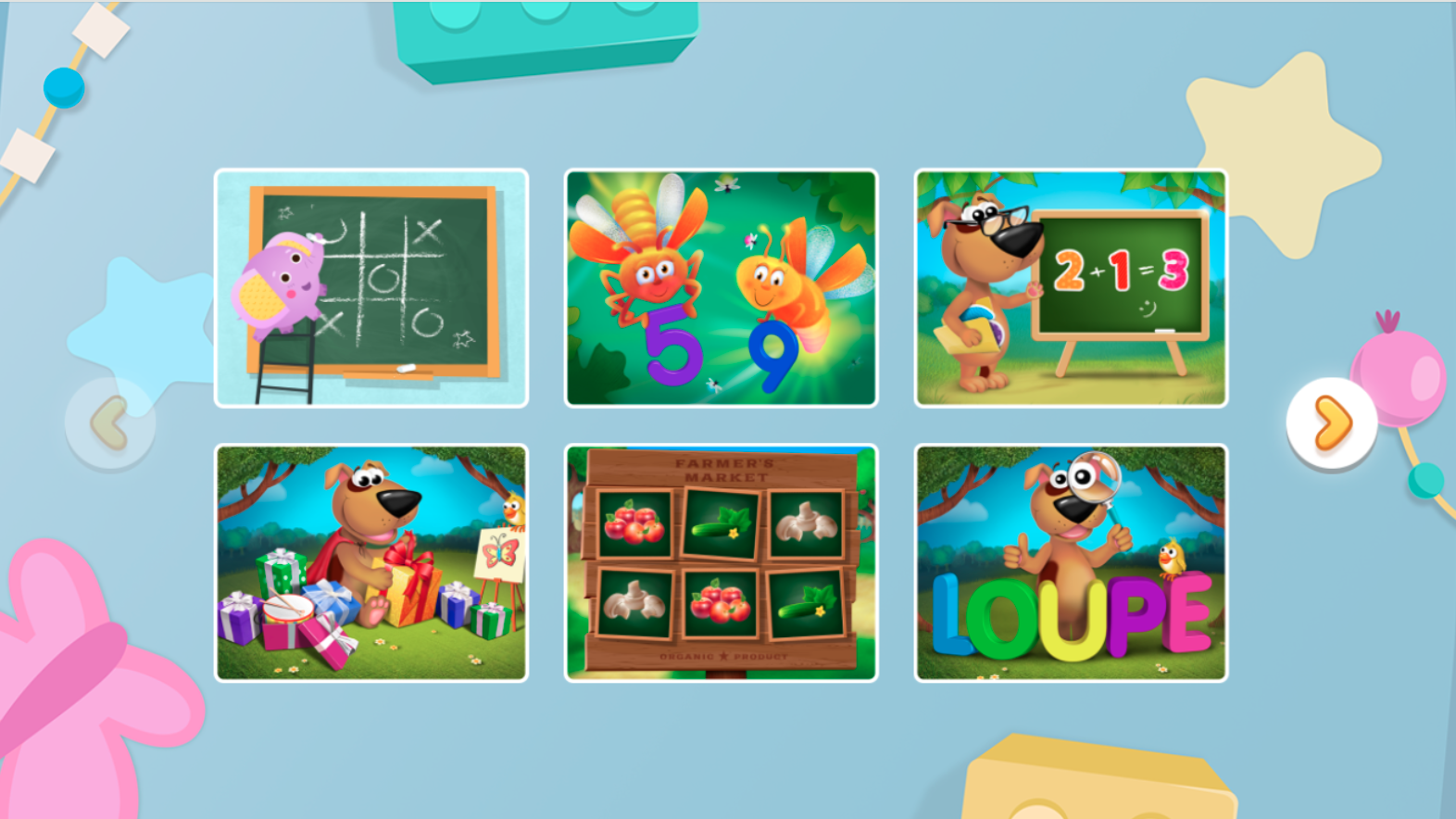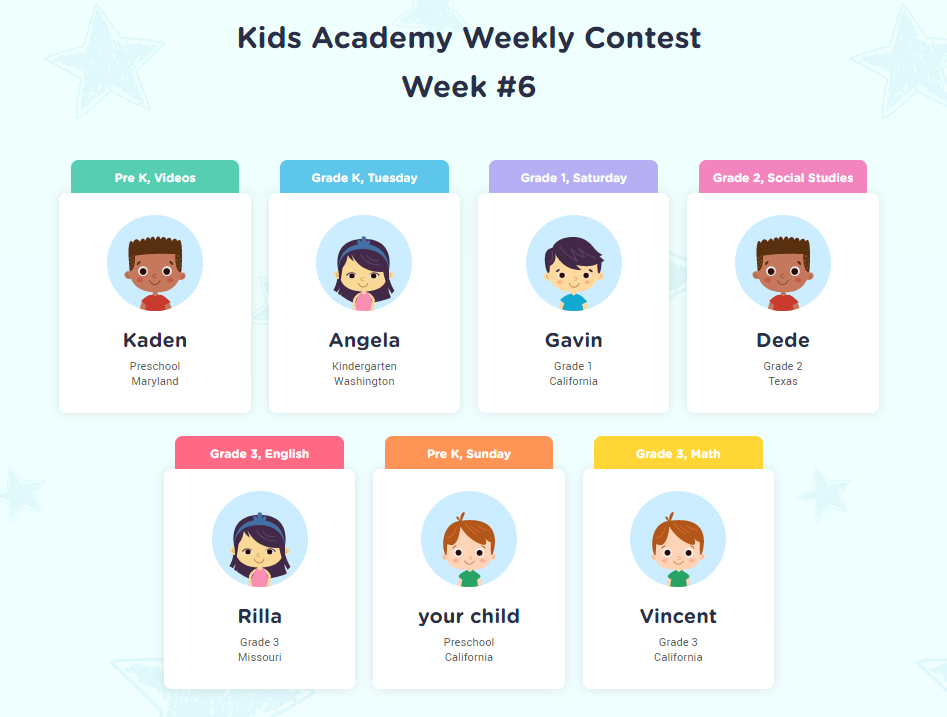Normal Tracing Letters worksheets activities for Ages 3-6 - Page 2
31 filtered results
-
From - To
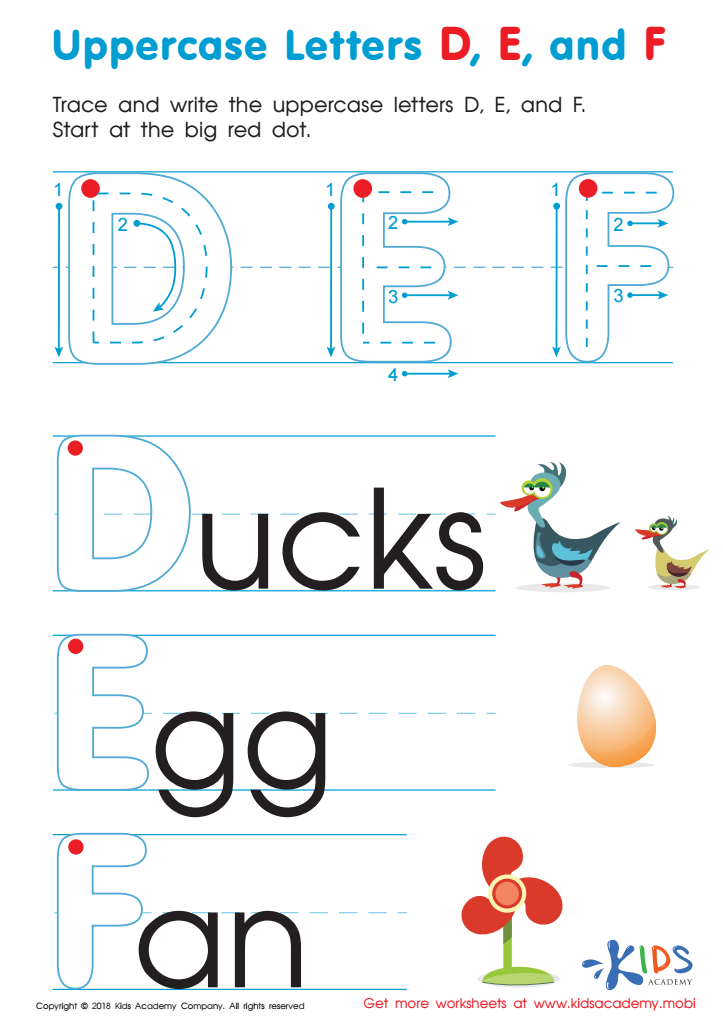

Uppercase Letters D, E, and F Worksheet
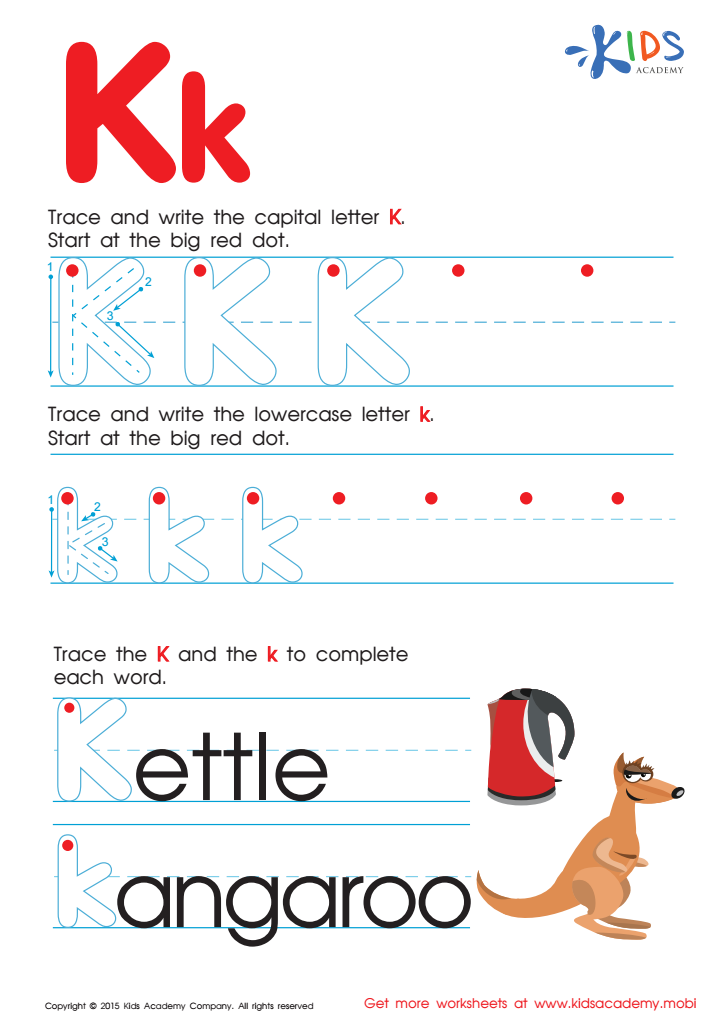

Letter K Tracing Page
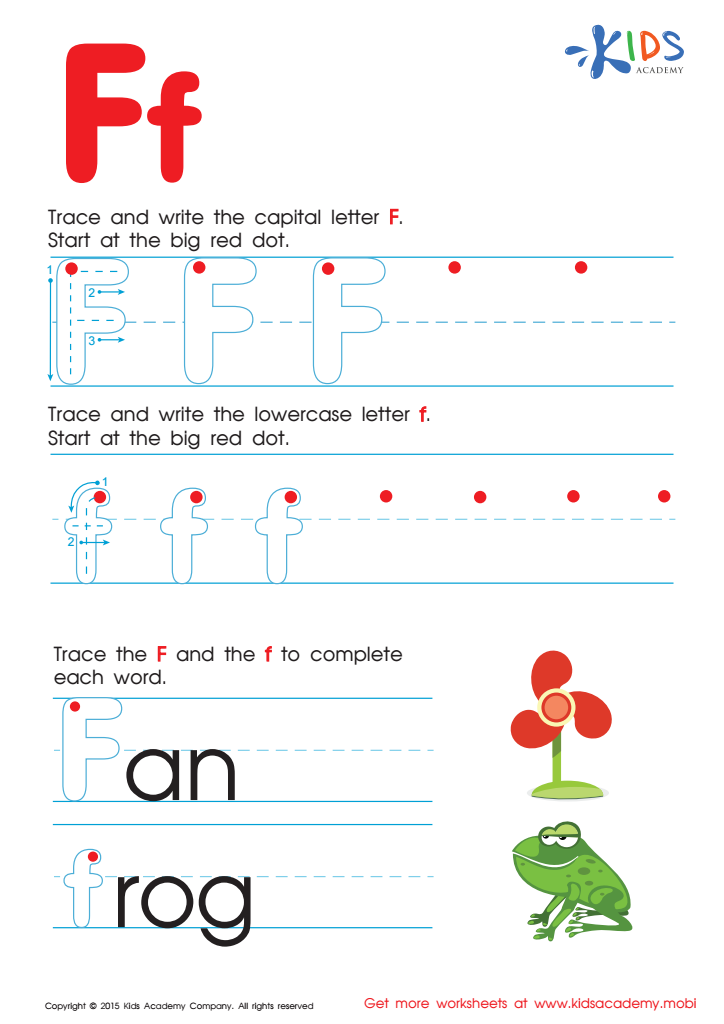

Letter F Tracing Page
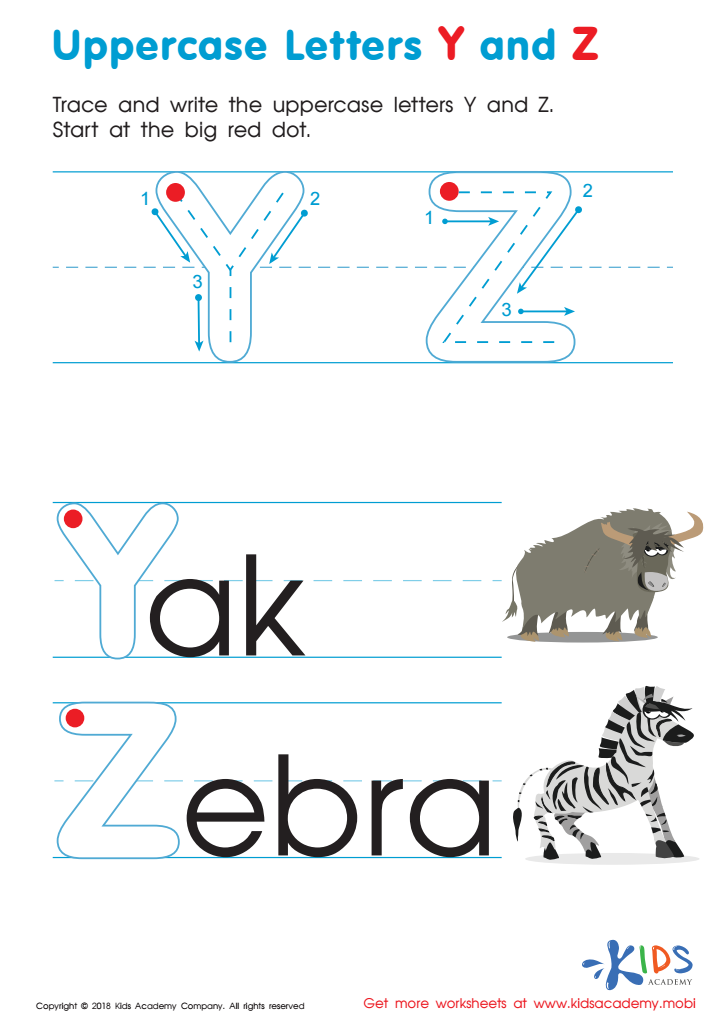

Uppercase Letters Y Z Worksheet
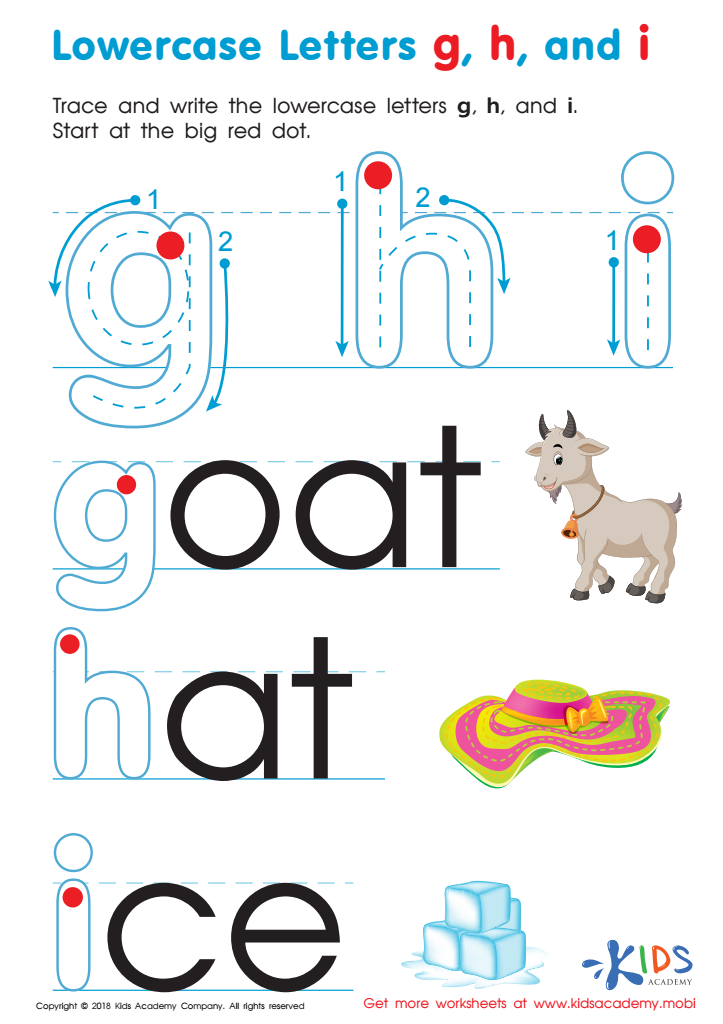

Lowercase Letters g h i Worksheet
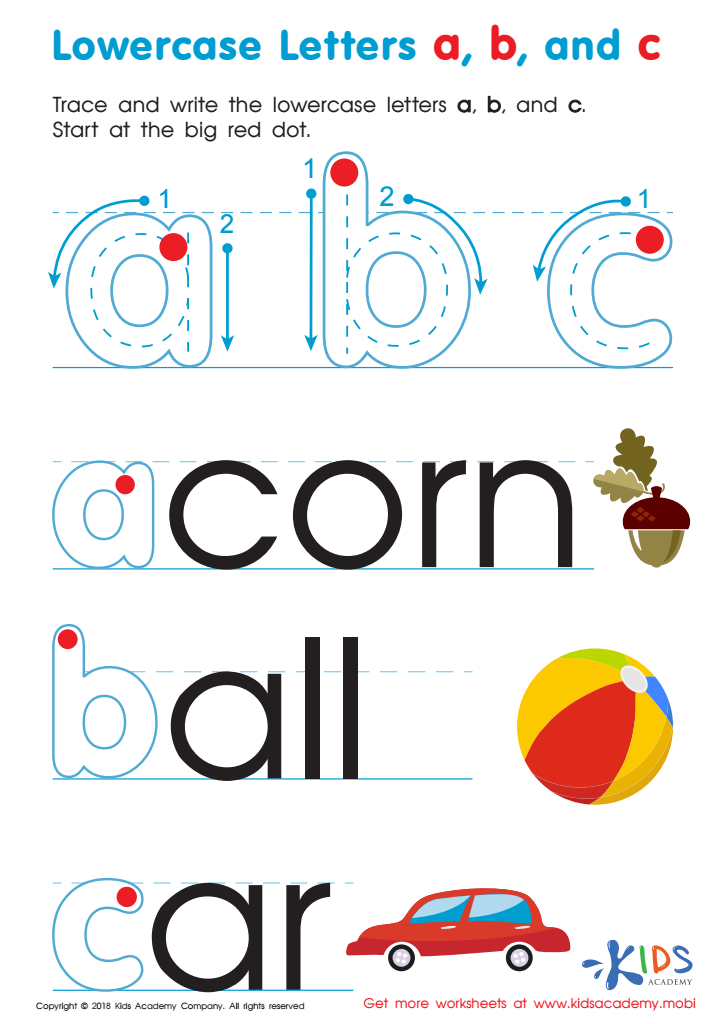

Lowercase Letters a b c Worksheet


Letter D Tracing Page
Normal Tracing Letters activities for children aged 3-6 are crucial for early literacy development and fine motor skills. Engaging in these activities helps children recognize letters and understand their shapes, laying the foundation for reading and writing. By tracing letters, young learners enhance their ability to form letters correctly, making it easier for them to transition to independent writing.
Additionally, these activities boost hand-eye coordination and dexterity, as children practice controlling their pencil or crayon movements. This skill is vital not only for writing but also for other everyday tasks. Moreover, tracing activities often incorporate creative elements, making learning fun and interactive, which can help sustain a child’s interest in letters and language.
Parents and teachers should also consider the social aspect of these activities. Tracing letters can be done individually or in groups, promoting collaboration and communication among children. This interaction fosters skills such as teamwork and sharing, crucial for their overall development.
Finally, being involved in tracing letters reinforces the bond between parents/teachers and children. As they engage together in these varying activities, they develop a supportive learning environment, encouraging curiosity and a love for languages from an early age.

 Assign to My Students
Assign to My Students





